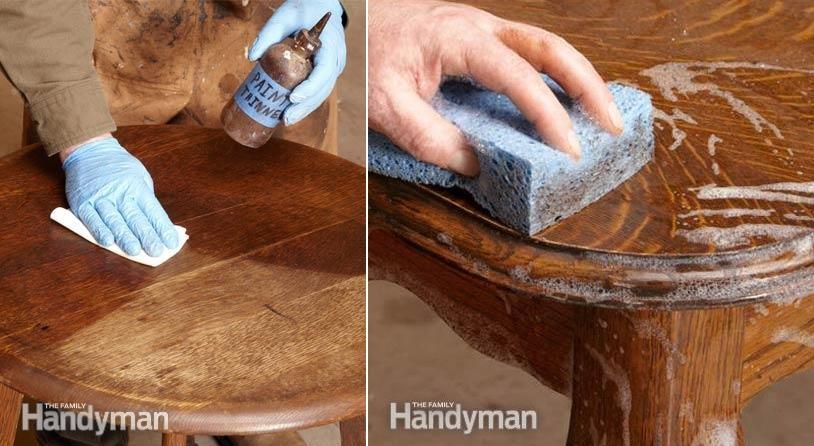How to restore antique furniture
This May the Sydney Fair returns to Royal Randwick Racecourse, and is the largest showcase of antiques, jewellery, arts and some of the country’s most significant and rare objects, in NSW. The Fair runs from Thursday 30 May to Sunday 2 June at at the Kensington Room and tickets are now on sale. To celebrate, we asked Graeme Davidson, Sydney Fair Exhibitor and owner of Woodshed Antiques to give us his best pieces of advice on restoring antique furniture.
“It’s always best to seek advice from people working in the industry, as over the years many fine antiques have been destroyed by the handyman trying out their skills, only to devalue the piece.
Most tradesmen are willing and happy to share their knowledge, as poor restoration is often irreversible. If you're not comfortable in completing the work yourself, you are always better off seeking expert advice, in the end it may be a quicker and easier outcome.”
Alanna Smit Home by Simon Whitbread Photography“Patina is the sheen or gloss that develops over the years by waxing, polishing and the effects of sunlight and everyday use. The slight fading on old Rosewood, the dents andbruises are all things that give antiques the character and value that are so desired. Over-restoration and removal of the original patination often destroys the beauty and value of furniture.”
“Most restorers have their very own cleaner blend that they have developed over the years through experience. There are a number of commercial products that are available and generally these products are quite safe to use, so long as the directions are followed correctly.”
“Most of the oil polishes are short-lived and it is very important that the oil film is wiped off completely, otherwise it will sweat and attract dust and dirt.”
“Wax polishes are long lasting as they leave a thin film on the surface. Wax also enhances the natural beauty of the wood and provides protection and reduces maintenance, it leaves a dry clean film that dust and grime cannot cling to.”

“Spray wax polishes have been developed and are very effective on large flat surfaces, such as dining tables, where traditional waxing is hard work.”
Alanna Smit Home by Simon Whitbread Photography“Shellac is fast drying, protects well and lasts over many years, holding the beauty and mellowness of your furniture. It also has the ability to be revived and freshened up without the need of removal, unlike some of the more modern finishes. There are disadvantages,shellac is not waterproof, heat of alcohol proof, so consideration must be given to the use of application of this product.”
“Hide glues are traditional and - most importantly - are reversible in that in the future, if the same joint or other parts are damaged and require repairs, the glue can be softened and separated.
Alanna Smit Home by Simon Whitbread Photography“Use a soft cloth, but if allowed to harden the best way is to put some ice in a sandwich bag, wrap in a cloth and place on wax for 5 minutes. The wax will become brittle and can be chipped away with a soft piece of wood or a plastic utensil.”
“Scratch pens are felt-like pens filled with a stain. The trick is to wipe over the scratch with the pen, then immediately wipe with a soft cloth, if the pen is the same colour or slightly darker, the new white scratch will blend into the timber and add to the character.”
You might also like:
How to upgrade old furniture in a weekend
How to refinish old furniture
How to turn trash into treasure







